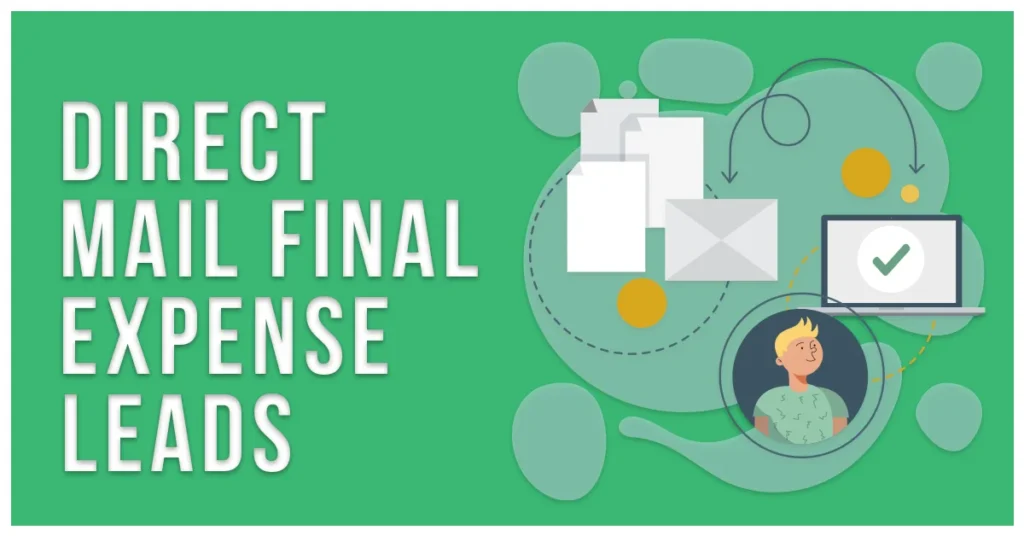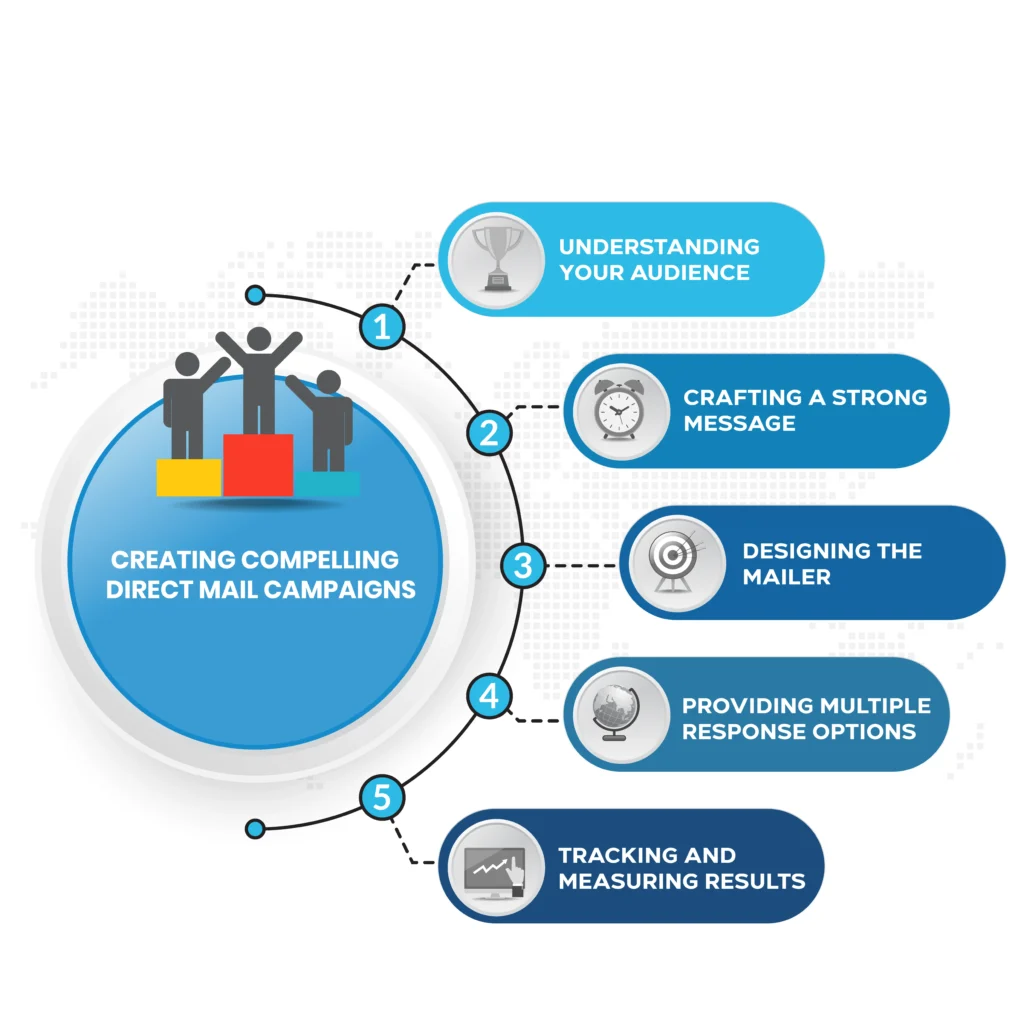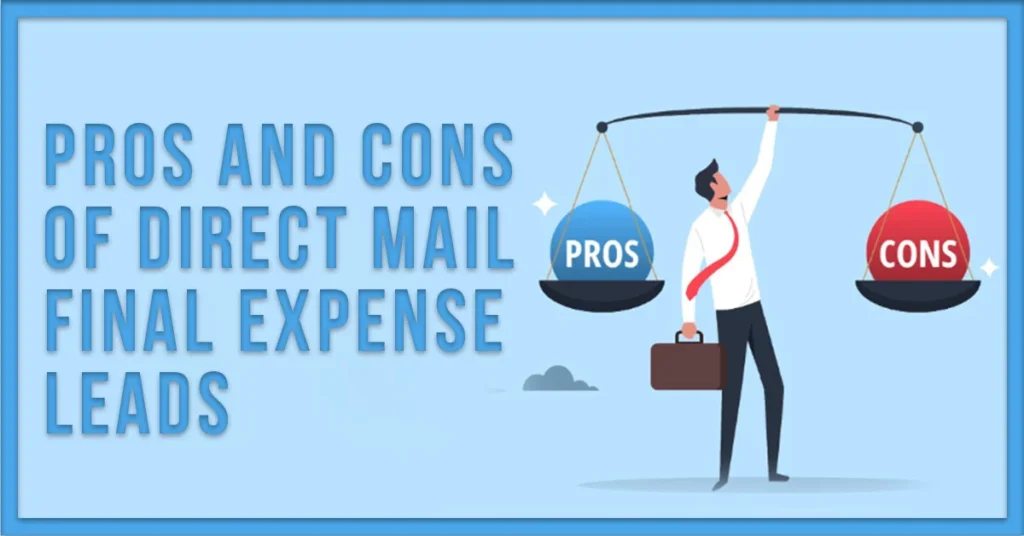
In 2024, direct mail marketing continues to be a powerful tool for generating final expense insurance leads. Despite the rise of digital channels, direct mail offers a tangible and personalized approach that resonates with older demographics. Notably, 74% of business marketers report achieving the highest return on investment from direct mail marketing, surpassing other promotional channels.
Additionally, the global final expense insurance market is projected to grow at a CAGR of 7.1% between 2024 and 2032, reaching a value of USD 350.44 billion by 2032.
This growth underscores the increasing demand for effective lead generation strategies in the final expense insurance sector.
Read More: How To Qualify Final Expense Leads Without Wasting Resources
Table of Contents
Understanding Final Expense Insurance:
Final expense insurance, also known as burial insurance, is designed to cover funeral and related expenses. These policies are typically affordable, making them suitable for older adults on fixed incomes. The target audience for final expense direct mail lead campaigns usually consists of individuals aged 50 and older who seek a straightforward way to ensure their families aren’t burdened with funeral costs.
How Does Direct Mail Help In Final Expense Lead Generation?
Direct mail remains a powerful tool for generating final expense insurance leads, as it allows marketers to reach a highly targeted audience. By focusing on older individuals who may not be as active online, direct mail provides a personal touch that digital channels often lack. This human element enhances credibility and increases response rates, making direct mail the best approach for final expense insurance lead generation.
A well-crafted mailer grabs attention and prompts action by offering multiple response options, such as phone numbers, websites, or pre-paid response cards. With less competition in physical mailboxes compared to the digital space, your message is more likely to stand out, leading to better-quality leads.
Read More: How To Secure Final Expense Leads Appointments In 2025
Creating Compelling Final Expense Direct Mail Leads Campaigns:
To generate affordable final expense direct mail leads effectively, consider the following elements:

1. Understanding Your Audience:
Knowing your target market is crucial for successful final expense direct mail lead campaigns. Typically, the audience consists of older adults who are concerned about the costs associated with their funerals and don’t want to burden their families. It’s essential to understand their needs and fears and address the specific issues they face. When designing your mailer, focus on language and imagery that will appeal to their desire for financial peace of mind and straightforward solutions.
2. Crafting a Strong Message:
It should, therefore, reflect the following key factors as regards the message being conveyed:
- Headline: Forums indicate that your Headline has to be appealing and state what the audiences stand to gain if they read the article. For example, Protect Your Loved Ones from Funeral Costs does not only grab the reader’s attention but is also very concise.
- Benefits: Emphasis on the subtopics that are beneficial concerning final expense insurance which are; You get peace of mind, it is fairly cheap and extremely easy. Make sure you incorporate the sufferings previously experienced by the recipient and how they will be alleviated by your policy.
- Call to Action (CTA): Make sure that you write a call to action of how the recipient of the letter should proceed or what they have to do next. When the CTA will be a call, a web page, or a filling of the form, make sure that the text is easily visible and clickable.
3. Designing the Mailer:
The visual appeal of your mailer is just as important as the message itself. To create the best direct mail leads cards for final expense insurance, use a clean, professional design with easy-to-read fonts and colors that convey trust. Incorporate images that resonate with your audience, such as happy seniors enjoying life without financial worries.
Personalize the content by addressing the recipient by name and including relevant details. This personalization helps differentiate your message from other generic mail, increasing the chances of a positive response.
4. Providing Multiple Response Options:
Make it easy for recipients to respond to your offer by providing multiple response options. Some may prefer calling a dedicated phone line, while others might feel more comfortable visiting a website or mailing back a response card.
By offering various ways to engage, you increase the likelihood of receiving a response and ensure your campaign reaches a wider audience. Consider integrating a combination of direct mail leads for final expense insurance with digital follow-ups to maximize engagement.
5. Tracking and Measuring Results:
To understand the effectiveness of your final expense direct mail lead campaigns, it is crucial to track and measure your results accurately. Use unique phone numbers, personalized URLs, or QR codes to track responses and analyze the data. This will help you identify which elements of the campaign are working well and which aspects may need adjustment.
Regularly reviewing and optimizing your approach will allow you to continuously improve your direct mail strategy and generate the best final expense direct mail leads possible.
Pros and Cons Of Final Expense Direct Mail Leads:
Direct mail for final expense insurance leads has several benefits but also some drawbacks.
Here’s a look at the pros and cons:

Pros:
1. Targeted Audience:
- Direct mail allows you to select your audience based on demographics like age, income, or location, making it highly effective for reaching people interested in final expense insurance.
2. Tangibility:
- Physical mail can be saved and revisited, unlike emails, adding a sense of credibility and professionalism.
3. Personalization:
- Direct mail is personalized to the recipient, which increases its effectiveness compared to mass emails.
4. Credibility:
- Physical mailers are often seen as more trustworthy than digital ads, which can appear temporary or unreliable.
5. Reduced Competition:
- There is less competition for attention in the physical mailbox, allowing your message to stand out more easily.
6. Measurable Results:
- Use tracking methods like unique phone numbers or QR codes to measure response rates and ROI.
7. Reduced Reliance on Internet Connectivity:
- Older adults, who may not be as internet-savvy, are more likely to respond to physical mail than digital ads.
Final expense direct mail leads have several benefits but have some drawbacks as well.
Cons:
1. High Costs:
- Direct mail involves printing, postage, and design costs, making it more expensive than digital marketing.
2. Deliverability Issues:
- Incorrect addresses can hinder your campaign’s success.
3. Longer Lead Time:
- Planning and distributing direct mail takes longer compared to digital methods.
4. Environmental Concerns:
- Direct mail generates waste, which may not appeal to environmentally conscious recipients.
5. Variable Response Rates:
- Response rates can fluctuate based on factors such as the quality of your mailing list and the design of the mailer.
6. Limited Interaction:
- Unlike digital ads, direct mail doesn’t allow for instant responses or real-time engagement.
7. Regulatory Compliance:
- Complying with data privacy and mailing regulations is essential.
Strategies For Maximizing ROI On Final Expense Direct Mail Leads:
To get the most out of your final expense direct mail campaigns, implement the following strategies:
1. Segment Your Mailing List:
- Divide your mailing list by demographics such as age, income, and location for more relevant targeting. This segmented approach helps you connect with the most suitable recipients.
2. Testing and Optimization Of List:
- Use A/B testing to experiment with different headlines, designs, and CTAs. Track the results to see which variations generate the best final expense direct mail leads.
3. Follow Up:
- Follow up with prospects who showed interest in your initial mailing. This can include a second mailer, a phone call, or an email to encourage conversion.
4. Leverage Data Analytics:
- Use analytics tools to understand campaign performance and adjust future strategies accordingly.
5. Co-promote With Other Marketing Platforms:
- Combine direct mail with other channels like email marketing, social media, and paid ads to create a multi-touchpoint strategy.
Conclusion – Final Expense Direct Mail Leads:
Direct mail remains one of the best strategies for generating final expense insurance leads. While it involves higher costs and longer lead times than digital marketing, the targeted reach and personal touch make it a valuable tool for reaching older adults. By understanding your audience, crafting compelling messages, and optimizing your campaigns, you can maximize the effectiveness of your final expense direct mail lead generation efforts.
